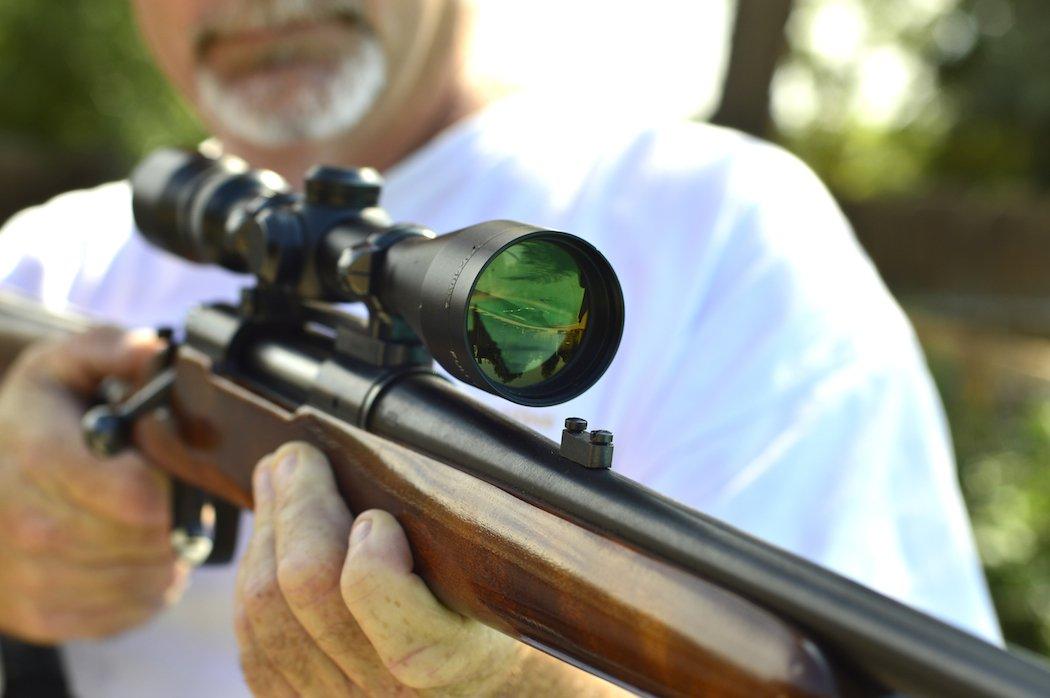The Right Trigger Pull
Let me begin by saying I firmly believe that trigger control is the most important factor in accurate shooting. You can get away with a lot of things and still hit your target. Jerking the trigger isn't one of them.
I shot quite a few rifles last Saturday. The lineup consisted of several loaner guns for articles and two personal guns for some upcoming hunting trips. The first three rifles I shot all had triggers that broke in the 2-pound range. I shot really well. When I transitioned to my own 300 H&H—it has a slightly heavier trigger pull—I caught myself snatching at the trigger as the crosshairs floated by the steel target. Crosshair wobble is completely normal. We are living, breathing human beings. But it's imperative we minimize the wobble and slowly press the trigger until we achieve a true surprise break. If you chase the target and try to time the trigger squeeze, you'll probably miss.
When I shoot handguns at close targets, I use a speed-shooting technique taught by Bill Rogers at his school in Ellijay, Georgia. This technique is incredibly fast and is plenty accurate for 6- to 8-inch steel plates out to about 30 yards. That said, it creates a different muscle memory than the type of precision shooting we employ when hunting with a rifle. Sometimes it's tough to transition between the two techniques. With hunting seasons on the horizon, I'll lay off of the pistol shooting for a while and concentrate on the technique that puts meat on the table.
At the SAAM course, we learned trigger follow-through was an important technique that helps prevent bad trigger habits. Instructors used iPhone video to show us what we were doing with our trigger fingers on the range. Once the trigger breaks, continue to pull the trigger to the rear until you're ready to reload. The opposite method, where you fire the shot and immediately take your finger off the trigger blade is called flicking the booger. Avoid it like the plague.
So how do we improve our trigger technique? Practice. This time of year, dry fire practice several times per week. This ingrains the proper technique into the brain. Pay attention to what your trigger finger is doing. If you jerk it on the range, you'll jerk it when your adrenaline is pumping afield.








